
Mark Miller of Chick-fil-A Inc. says that every organization needs more than just leadership, they need a leadership culture. Listen to Mark unpack this concept at the 2017 Taste of the Summit.

Mark Miller of Chick-fil-A Inc. says that every organization needs more than just leadership, they need a leadership culture. Listen to Mark unpack this concept at the 2017 Taste of the Summit.
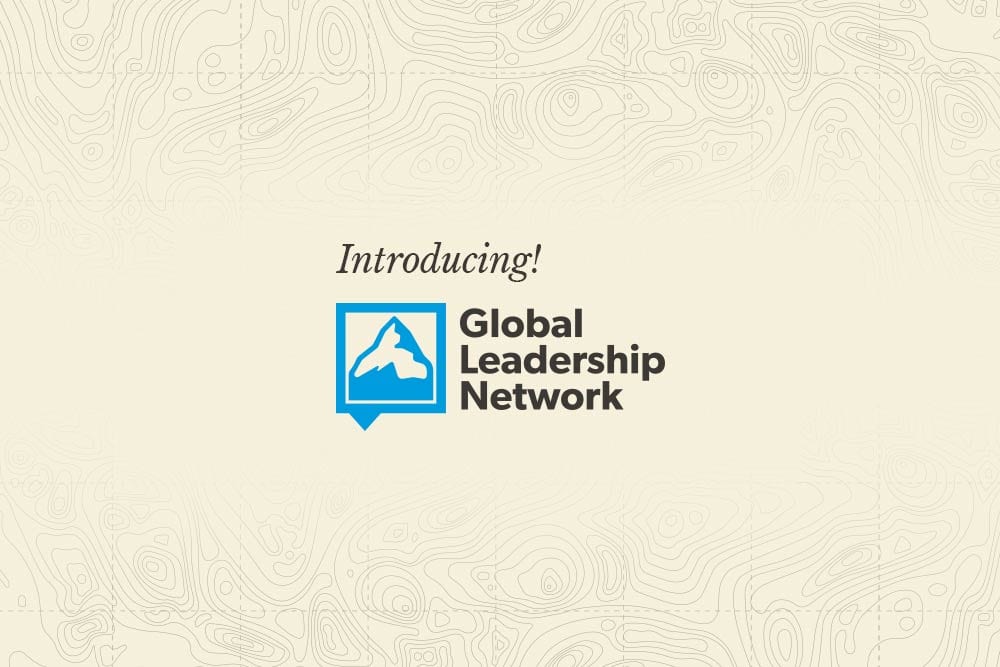
I am delighted to announce that effective February 15, 2019, our ministry’s name is changing to the Global Leadership Network! For almost two years our board of directors and executive team have been prayerfully discerning this change, and we believe this decision propels us into the exciting future God has prepared for us!
Since Willow Creek Association’s founding in 1992, we’ve held a deep-seated belief that the Church is God’s plan to redeem and restore our world—and this is not changing! However, our initial focus on sharing ministry innovations from Willow Creek Community Church with pioneering church leaders has evolved to the point where for 5+ years we have exclusively focused on leadership development. Now, we exist not just to serve church leaders, but Christians in all sectors of society to impact the world.
1. Our commitment to expanding the reach and impact of The Global Leadership Summit remains steadfast, not just in the U.S., but in the 135+ countries we currently serve.
2. Our commitment to serving you with leadership development opportunities beyond the Summit, including the launch of theglsn.org is unwavering. We are actively developing new resources to equip you in leading yourself, leading others and leading your organization.
3. While some may infer we are distancing ourselves from the church, our relationship with Willow Creek Community Church is strong. Our offices remain on this campus and we will continue to partner with their incredible staff and volunteers to host and produce a world-class Summit.
4. Legally we remain Willow Creek Association, but all of our branding, web domains, email addresses and social media accounts will change to reflect the Global Leadership Network. Our website has already changed to theglsn.org and future emails from us will be from theglsn.org. All Willow Creek Association websites and emails will forward to the new domain as we make this transition.
Your churches and organizations are the reason the Global Leadership Network exists.
We see a world where communities are transformed, businesses are working for good and churches are thriving! This starts with us, together, learning from each other, becoming better leaders and using our influence to accomplish God’s purposes on earth.
We are incredibly grateful for the 27 years we’ve existed as Willow Creek Association. We never imagined how God would use us in so many ways to train and equip more than 2 million people!
Now, we are humbly asking God to pour out His favor on us in new ways as we boldly move forward in pursuit of our collective goal to one day impact more than 1 million Christian influencers annually.
Together in the cause,

Tom De Vries
President, Global Leadership Network

I started my career as a secretary at a small, nine-person real estate firm. Like many people just starting out, I didn’t think too critically about leadership. I simply assumed that the people with the biggest offices, the fanciest titles and the highest salaries were the leaders in our company. I sat in a small cubicle, had a not-so-fancy title, and was barely making rent—how could I be a leader?
But as I progressed through the ranks of corporate America, I began to realize that there were many people with big offices, big parking spots and big egos who were not leading. As a former CEO, I can tell you this: Not all CEOs are leaders, and not all leaders are CEOs.
There’s no doubt that position and title give you authority and the power to make rules. But whether in business, nonprofits or politics, my experience has taught me a fundamental truth about leadership: It has nothing to do with your position or title. Leadership is about solving problems and unlocking the potential in others.
The best leaders I have trained, worked alongside or worked under have therefore been skilled collaborators. You can’t lead unless you understand how to work with people—especially people who are different from you.
Not all CEOs are leaders, and not all leaders are CEOs.
That sounds obvious, but building the skills to collaborate effectively with people who are different from us—those who have unfamiliar identities, experiences and ideas—requires deliberation and practice. Most of us are more comfortable working with people who think and act like we do, because they won’t challenge our beliefs.
But research shows that, despite the discomfort and occasional frustration, effective collaboration between diverse individuals produces better results. It helps us solve problems more effectively. Companies in the top quartile for gender or racial and ethnic diversity are more likely to have financial returns above their national industry medians. When leaders encourage a proliferation of perspectives and foster an environment where employees feel comfortable to speak up, their companies realize greater efficiencies and lower costs.
During my tenure at Hewlett-Packard, the senior team and I would regularly examine all open positions above a certain level in the company. I insisted that there be a diversified and qualified set of candidates for every job, and we selected the best individual from there. By the end of my tenure, half of my direct reports were women. They rose on merit. But there’s another side to this story. Less than a year after I was fired, and those practices were abandoned, 60 percent of those women were gone.
We must be purposeful about how to confront and overcome our biases so that we can foster a culture of collaboration, find common ground and reach across our differences.
That sounds good, but what strategies can we deploy today to foster collaboration in our own teams and organizations?
Collaboration requires humility and empathy—the humility to realize you cannot do everything alone and the empathy to see what others truly bring to the table.
The idea that a good leader is a humble leader is not new. Robert K. Greenleaf coined the term “servant leadership” nearly half a century ago, inspiring generations of leadership thinkers and writers.
Unfortunately, the idea is still radical in practice. While we read the books and understand the theories, we too often do not walk the walk. We have all seen colleagues rewarded and promoted even when they are arrogant, take credit for the work of others and cut corners. Our teams or our boards sometimes push us to overlook these behaviors as long as the person is producing results.
Unfortunately, our popular culture of instant gratification, 15 minutes of fame, self-absorption and self-indulgence reinforces this mentality.
Of course, understanding and developing humility is not easy. Humility is not insecurity, false modesty, or being overly tentative. It is not a “humble brag.” It is a recognition and acknowledgement that we do not have all the answers and that we cannot do everything by ourselves.
Take a personal inventory and check in with a trusted friend who gives good, honest feedback. Recognize and own what you know and begin to confront what you do not know and what you cannot do. Also remember that understanding where and how you should spend your time is as important as understanding where and how you should not spend your time.
Humility starts with you, but it doesn’t end there. To build teams of humble, collaborative leaders, you have to reward the behavior you want to see. Do not reward, promote or indulge colleagues who act badly—even if they are producing results for your bottom line. Do reward those who work well with their teammates, acknowledge the contributions of others and honestly admit their faults and mistakes and do better next time.
Success requires that you make a proactive, conscious commitment to a culture of humility and you should take steps to explicitly and implicitly reinforce those ideas for yourself and your team. That’s something you can do whether you are the CEO or the secretary.
Collaboration requires humility and empathy—the humility to realize you cannot do everything alone and the empathy to see what others truly bring to the table.
Once we understand we cannot do it all alone, we can better see the potential in others, understand the possibilities within them and recognize that we can achieve more when we work together. Practicing humility naturally leads us to develop and practice empathy.
Empathy is not sympathy or pity. It is identifying with what someone else is going through and has gone through—feeling what they are feeling, relating to them, and understanding their motivations.
To practice and encourage empathy, hire a diverse team. Once you have taken your personal inventory, identify the areas where you need help, and the experiences and traits that will round out your own. Demand that a qualified, diverse pool of candidates be considered for every role before you begin the interview process.
Get to know the people with whom you work. When you identify a problem, seek out people on your team and, without reservation or expectation, ask what they think. Set up formal processes that encourage collaboration across tenures and across departments.
About six months into my tenure as a secretary, I didn’t have a glittering resume and I wasn’t thinking about my future. Two men at the company approached my desk and said: We’ve been watching you, and we think you could do more than type and file. Do you want to learn about business?
These men may have had big offices or fancy titles. I don’t remember. But what truly made them leaders was that they took the time to see possibilities in me. And so, I came to see possibilities in myself.
In today’s world, we face problems that are desperate, festering and intractable. If we are going to have any shot at solving these problems, we need more leaders. And we must understand what that means.
Leadership is not about title, position or power. It’s about solving problems and unlocking the potential in those around us.
This article originally appeared in the Stanford Social Innovation Review.
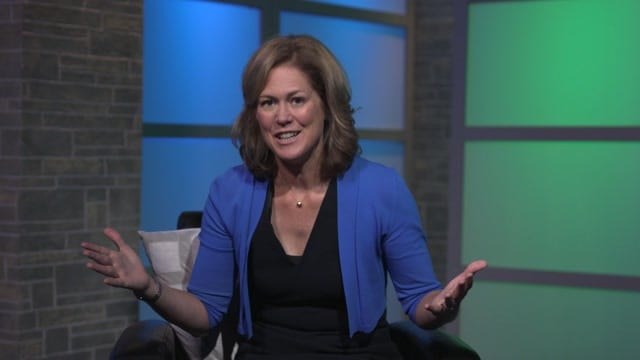
Sheila Heen coaches you on the right way to share emotions in the workplace.

In November of 2018, the team in Ukraine hosted the Summit for 1,000 leaders in Lviv.
We are excited to see the outcomes coming out of Ukraine, including this story from Alexander Lebed, a loyal attendee who discovered the value of his influence to bring change to his community and introduce people to the gospel.
“During the Summit, I understood that every person, including myself, has opportunity to influence society,” says Alexander. “There are people called to create big companies, organizations and churches. But there are also others, like me, who may only influence one person – but that also has great value. So I started spreading my influence with the skills I already had.”
How have you been inspired by the Summit to use your influence? Tell us your story in the comments!

If you’ve paid any attention to our work in cultural intelligence, you know that we’ve been saying for a while that cultural knowledge isn’t enough. You need more than a seminar on how to do business in India or how to work with Millennials to work successfully with those cultures.
But now, a mounting body of research suggests it would actually be better not to teach cultural differences at all if that’s the only thing you’re going to do. Dozens of studies find that cultural knowledge leads to stereotyping and perpetuating bias rather than building cultural intelligence (CQ).
Why?
Knowledge without curiosity leads to stereotypes.
Once you learn characteristics about Indians or Millennials, there’s a tendency to start putting any Indian or Millennial in a box. Then, when you encounter an inexplicable behavior, you fill in the blank with a crass stereotype rather than suspending judgment and seeking to understand more.
Knowledge without cultural humility leads to arrogance.
Once you get some insight into a culture, you may end up being over-confident about your ability to understand what’s going on. It may actually be better to remain open-minded and culturally ignorant than to go in thinking your cursory understanding about another culture means you “get them.”
Knowledge without intersectionality leads to irrelevance.
The groundbreaking work on Intersectionality, referring to an individual’s overlapping identities (race, gender, social class, sexual orientation, function, etc.) illuminates the danger of reducing someone to any one part of their identity. An Indian woman is not only an Indian, she’s also influenced by her gender, social class, professional role and much more. How will you know which part of her identity will be most relevant when you interact with her?
Knowledge without skills leads to ineffectiveness.
If knowledge was all we needed to work successfully with diverse groups, we should have this figured out by now. But some of the individuals with the highest level of knowledge about different cultural groups can’t for the life of them figure out how to actually get along with people who are different.
I could keep going, but the point is, after several decades of courses, books and videos teaching people about cultural differences, it’s time to stop. Of course, the best choice is to teach cultural knowledge along with the other CQ capabilities that are proven to predict one’s effectiveness in relating and working with people from diverse backgrounds. But it would honestly be better to do nothing at all than only teach cultural awareness and sensitivity.
It would honestly be better to do nothing at all than only teach cultural awareness and sensitivity.
Over the last decade, we have surveyed nearly 100,000 professionals from over 100 countries and there’s only one consistent characteristic among every culturally intelligent individual. It’s not where you grew up, how many languages you speak, whether you’re part of an under-represented group or how far you’ve traveled. It’s your curiosity, or something we call your CQ Drive. This is your interest and openness to other ways of doing things. And it’s your confidence and ability to persevere in the midst of intercultural challenges.
Before teaching about cultural differences, address the motivation by clarifying the goal. What’s the objective behind improving intercultural interactions and how does it relate to the broader goal you wish to accomplish as an individual, team or organization?
Also keep in mind that no amount of information about how a culture operates means much if you’re physically or emotionally exhausted. There are times when I understand what’s going on in an interaction with someone from a different background, but I just don’t have the energy to deal with it. It starts with CQ Drive.
I don’t really think you should fully stop teaching about cultural differences. But my overstated title was intended to be more than just an attention-getter. We really must get the message through that if you only teach knowledge about different cultures, it can actually be far more detrimental than doing nothing at all.
However, when combined with the other capabilities of cultural intelligence, the most valuable knowledge to begin with is learning broad archetypes that help in comparing one group with another. These might include:
Then within those broad archetypes, you can talk about the tendencies of a particular cultural group. In other words, don’t teach about Millennials or Chinese as a stand-alone topic. Be sure the discussion is rooted in a broader taxonomy of cultural systems and values so that individuals are equipped for the intersectionality of individual’s identities and the diversity that exists within any culture. Rather than working toward a mastery of cultural knowledge, emphasize the kind of information that is most helpful to know and where to find reliable sources.
Rather than working toward a mastery of cultural knowledge, emphasize the kind of information that is most helpful to know and where to find reliable sources.
Based upon a meta-analysis of dozens of academic studies on CQ, we’ve discovered that CQ Strategy, or Metacognitive CQ, is even more important than we originally thought. CQ Strategy strengthens the effects of the other CQ capabilities. It’s what allows you to use your drive and knowledge to make sense of culturally diverse experiences, so you can plan accordingly.
With the objective in mind (CQ Drive) and a broad understanding of cultural tendencies (CQ Knowledge), what plan is going to work best? Meta-cognitive CQ, the more precise concept behind CQ Strategy, is a more sophisticated, nuanced approach to relating and working with people from different backgrounds, rather than just blindly assuming that all Boomers want to be treated the same way.
Driven by Difference is almost entirely devoted to CQ Strategy, with specific application to leveraging diversity to drive innovation.
I’m often asked for advice about how to handle a specific intercultural dilemma (e.g. “Our partner in Brazil consistently misses agreed upon deadlines. What should we do?”) My first response to most of these questions is, “It depends!” It sounds like a cop out and it’s fair to expect me to offer some additional guidance. But working and living in today’s multicultural, globalized world requires a much more situational, strategic approach that is informed by understanding about cultural differences without over applying them to every situation.
We’re currently doing a lot of work with the special forces community in the U.S. military. Their leaders consistently tell me they have to find ways to equip their officers with “adaptive performance”—the ability to learn on the fly and figure things out as they go.
CQ predicts adaptive performance. But no one CQ capability leads to adaptive performance, and particularly not CQ Knowledge. All four are needed, otherwise, you end up with an insufficient approach.
Information by itself rarely solves anything. We know that, yet it becomes the easy default as soon as we encounter a need to work better with a different group.
Clearly there’s a place for teaching cultural differences but resist the urge to build knowledge too quickly. There are far more important components to developing cultural intelligence.
This article originally appeared on the Cultural Intelligence Center blog.
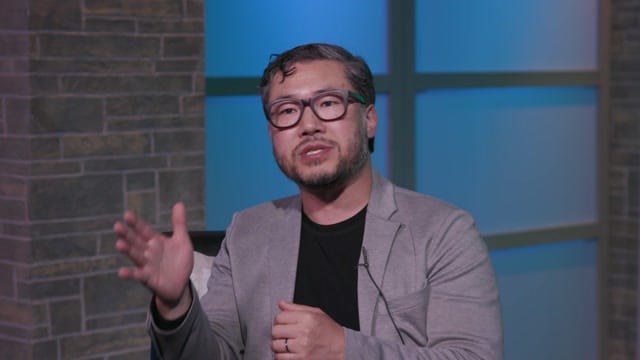
In building a multicultural organization, Eugene Cho challenges leaders to move beyond representation to relationship.
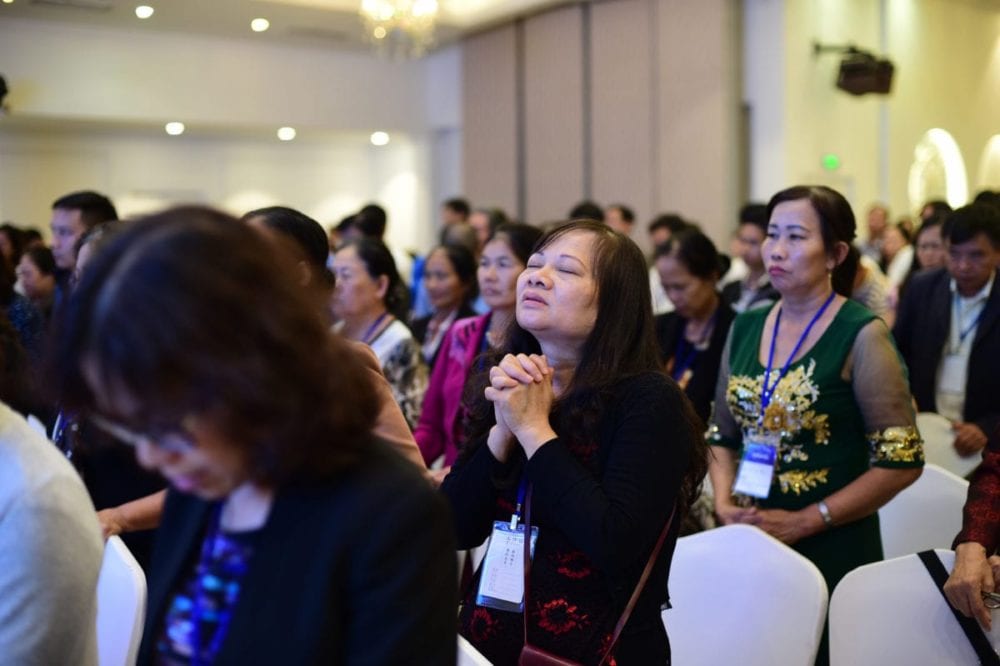
Every Tuesday and Thursday morning at 8:30 am CST, our staff gathers together to pray for our partners across the globe.
Please join us in prayer as we lift up the international Summit events happening this weekend. Pray for God’s anointing on every detail and that those who attend would leave feeling equipped, inspired and encouraged to lead the change they long for in their communities.
And if you have a prayer request, please share it with us. We would be honored to pray with you!
Vitaria da Conquista, Brazil
Singapore, Singapore
Ji-Parana¡, Brazil
Iwo, Nigeria
Ogun, Nigeria
We see the Lord moving our people from poverty. We see the Lord helping the nation to become a better nation. I pray the Lord will multiply their seed and cause their harvest to multiply.
Singapore, Singapore
Bucuresti , Romania
Panama City, Panama
Madrid, Spain
Panama City, Panama
Mexicali, Mexico
Pachuca, Mexico
Xalapa, Mexico
Torrean, Mexico
If movements like the GLS can continue to grow, it can give all of us a new vision for Mexico. This movement can give all young leaders hope that a better day can be coming for Mexico.
Colombo, Sri Lanka
The GLS can infuse vision into a person. It is not about what you can do for your bottom line; it’s about how you live your life. How you impact people around you. That is why the GLS is a good tool for Sri Lanka. Please pray for our event.
Hyderabad, India
Warangal, India
Kolkata, India
Vizag City, India
Almaty, Kazakhstan
To be a leader is a hard task. It’s not just being a boss, but it’s about being an example and influencing others. The GLS has helped me to grow as a leader and realize the vision God has for my life. Please pray that the GLS would raise up and equip leaders who attend this week. Pray that they then go out and transform our city.
Barcarena, Brazil
Tucurua, Brazil
San Juan Dela Maguana, Dominican Republic
Puerto Cabezas, Nicaragua
Cipolletti, Argentina
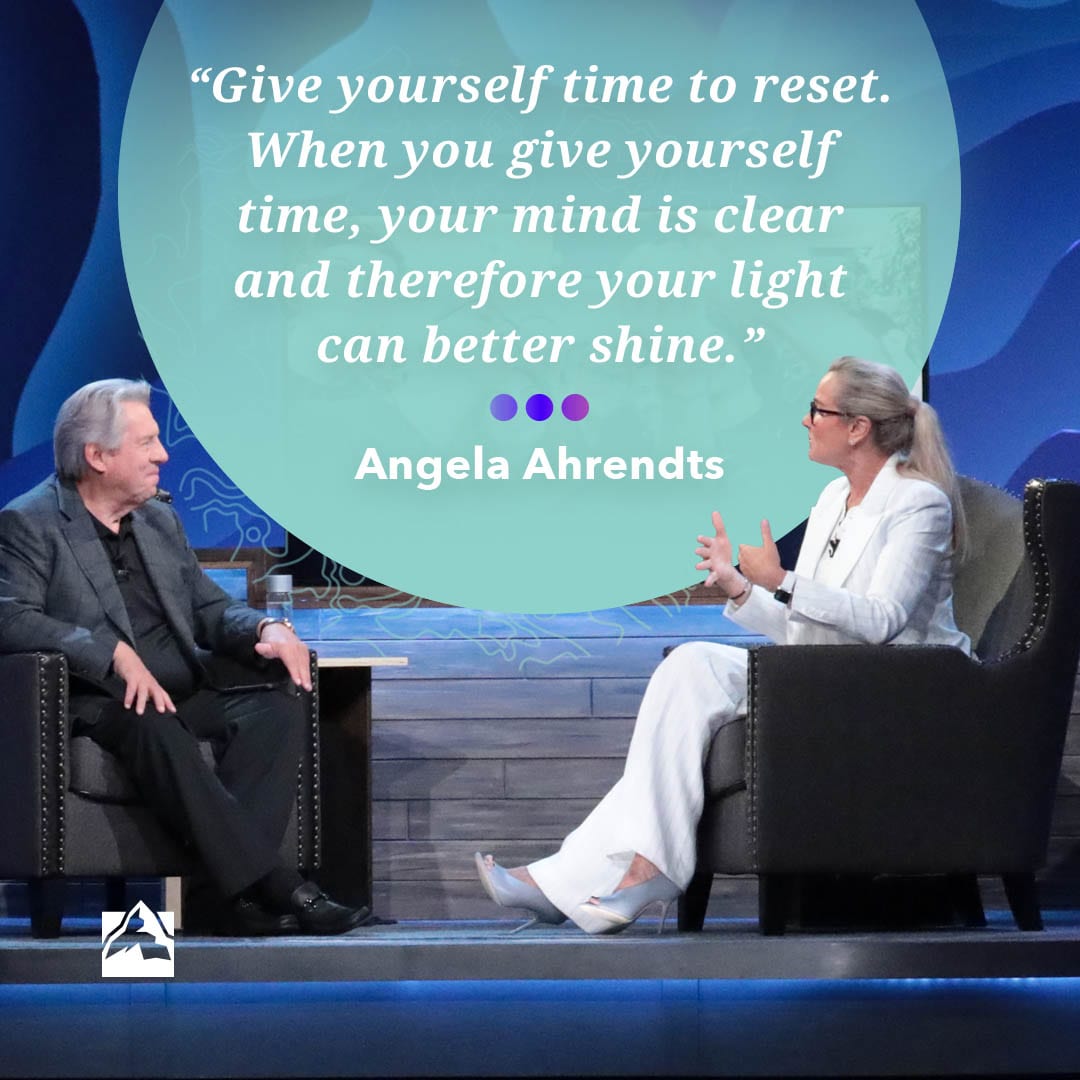
Give yourself time to reset. When you give yourself time, your mind is clear and therefore your light can better shine.

I have been great in leadership positions. And I have been, well, not so great. I have worked with team members who did well in their positions. I have worked with some that, well, were not so great. All of these significantly impacted the team and organization. You know what I mean.
Most of the time when team members and I were not winning together, it involved putting self first, fighting for credit, having a team member in the wrong role (or should not be on the team at all), communicating poorly, lacking self-awareness and self-management, and feeling the unspoken pressure to have it all together.
We grow the most when we are asking questions.
I think we grow the most when we are asking questions. I have the great opportunity to work alongside Andy Stanley, who is one of those leaders that expects us to answer the same question he asks himself, “What would a great leader do?” In fact, I find myself hearing him ask more questions than offering up solutions. That is something I admire. He is a lifelong learner, which makes what he says that much wiser.
If you are interested in being a great leader with a great team, try asking questions. You might discover it leads to more relational and organizational wins.
1. Do I have the right people on the team?
2. Do I evaluate everything?
3. Do I listen well to others?
4. Do I celebrate each person?
1. Am I receptive to feedback?
2. Am I bringing all my skills to the team?
3. Am I trusting my team members?
4. Am I constantly learning?
1. What does being great look like?
2. Where are we getting helpful feedback?
3. When do we say yes to an idea?
4. Why does being great matter?
What happens after asking these questions? Action. If you don’t put action behind the answers, then you will not get an ideal result. In fact, you might find yourself even more frustrated.
If you don’t put action behind the answers, then you will not get an ideal result.
Look at Clemson University’s football team. The head coach, Dabo Swinney, has an “All In” slogan that players must embrace. When a player is “All In,” no motivation is needed because they will put in the necessary work and be self-motivated to win.
Comedian Steve Martin said, “Be so good they can’t ignore you.” Your team needs to be so good that, when playing well together, nobody can ignore any of you.
Don’t think of this arrogantly but in a way that people take notice of who you are and what you do. This gives you momentum and that is something hard to describe but known when felt. Imagine discovering new ways to win coming from asking helpful questions.
“We welcome and encourage comments on this site. There may be some instances where comments will need to be edited or removed, such as:
If you have any questions on the commenting policy, please let us know at heretoserve@globalleadership.org”
Recent Comments